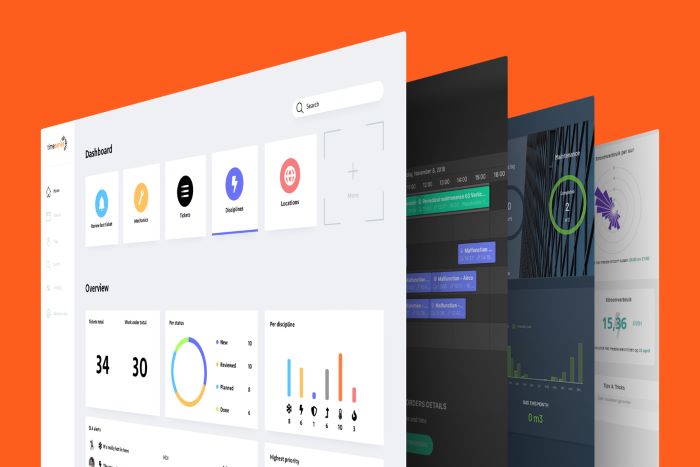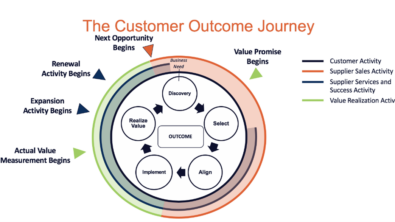How to select a low-code platform?

You’re thinking about taking the leap and potentially investing in a low-code platform for developing your business applications. Rather than the tedious process of writing line after line of code for every application you implement, you’re exploring this low-code option that uses model-driven development. It’s taking those lines of coding and creating almost a flowchart instead as a way of rapid application creation.
As you explore options, you come to the same roadblock: What evaluation criteria should I use when looking at these platforms? When developing low-code (smart) apps, it’s about more than just the platform. You also need to consider the partners you want to work with, the processes, and the projects you’re planning on tackling using such a platform. This blog will explain the top 16 adoption criteria we believe are the most important to consider for organizational and platform adoption and technical features and functionality.
Organizational and platform adoption criteria
Skillset and type of user: Can (tech-savvy) business users deliver unique applications on the platform? To what extent they are dependent on coding skills vs. modeling/configuring/reusing modules and widgets?
Use cases: What type of use cases and applications suit the platform well and how flexible is the platform to go beyond these use cases? How does the platform handle complex use cases?
Governance: To what extent is IT in control, enabling and collaborating with the business, e.g., is there an IT governance dashboard and quality monitor for IT?
Reusability: Can widgets, modules, and parts of the application (e.g., logic and app services) be easily shared, reused, and published? Are there pre-built modules and widgets available, such as LDAP/Active Directory, to speed up actual delivery?
Templates and quick-starts: Does the platform and ecosystem offer industry or domain-specific templates for quick starts?
Adoption program and guidance: How will you adopt a low-code platform and what best practices do you offer to succeed?
Co-deliver and services partner: Which partner(s) does the low-code platform offer and what type of experience do they have?
Financial stability and security: How stable and mature is the low-code platform provider? Does the platform mitigate any risk? If so, what?
Technical features and functional criteria
Productivity gains and time to value: How quickly can you deliver functionality and make changes? What does this process look like?
Cost transparency and predictability: How transparent is the investment model? Is there any user and/or application definition restrictions?
Openness of platform: Can you use data from your existing systems? How easy is it to integrate with other systems?
Deployment flexibility: Is the platform flexible with deployment options like on-premise, cloud, and hybrid? Is deployment portable and scalable?
Performance and scalability: Can the platform scale horizontally or vertically without interruption to the end-users? Can each app have its dedicated runtime environment managed, scaled, and performance-optimized on its own?
Multichannel and offline support: How does the platform support multichannel applications, including offline apps, out of the box?
Cloud nativity and enterprise architecture: Does the platform comply with the twelve-factor cloud-native architecture principles? Can the apps run independently on any hardware and against any significant relational data set? Does the platform fully support modern stacks out of the box?
Security and compliance: Does the platform follow the Global Compliance Assurances Standards and ISAE and ISO Certifications?
Review the two-part blog that includes a full list of our top evaluation criteria for low-code smart apps and how the Mendix platform and TimeSeries exceed these criteria:
Part 1: Eight organizational and Platform Adoption Features
Part 2: Eight technical and Functional Adoption Features
Now you know!
You now know where to start in terms of choosing your low-code platform. With this evaluation criteria to consider, you are on the right path to make the best decision for your business. If you’re interested in working with TimeSeries and utilizing the Mendix platform, please contact us.
Maggie Burnham is a Business Development Manager at TimeSeries. She has a four-year background in sales and marketing with a life-long passion for IT. Maggie is responsible for identifying business opportunities, building and maintaining relationships, creating content, and maximizing business reach and potential.
TimeSeries is an innovative Siemens Digital Industries Software partner with locations in The Netherlands, Germany, the United States and Canada. The company applies cutting edge technology like Big Data, Artificial Intelligence, Machine Learning, IoT and Mendix to create intelligent, game-changing solutions that help businesses perform better, work faster, and become future-proof.


